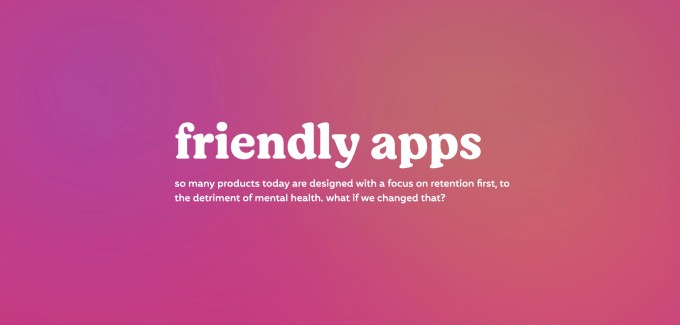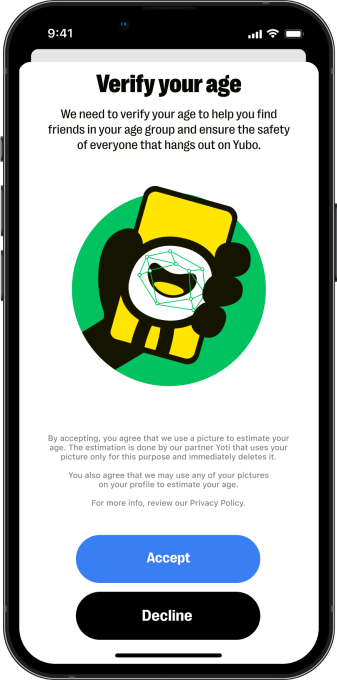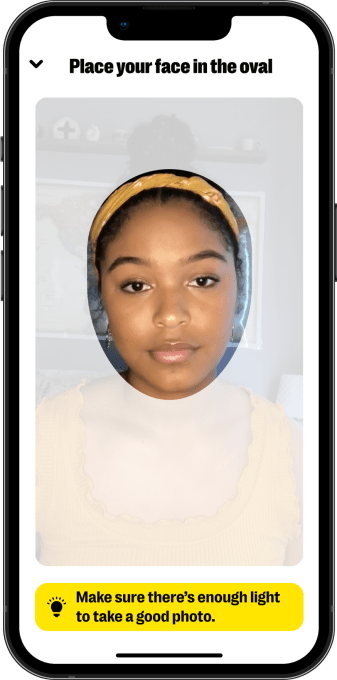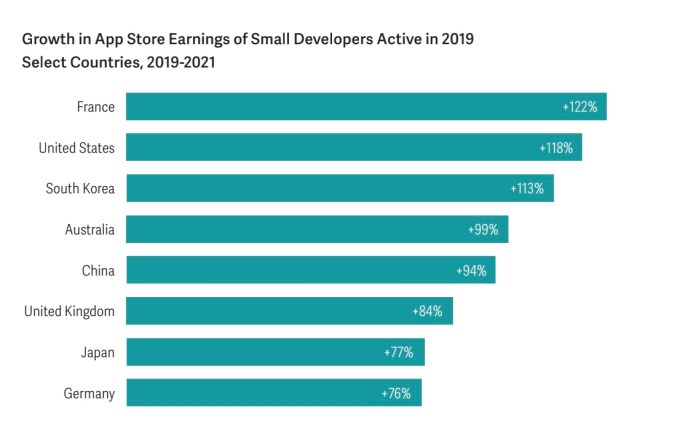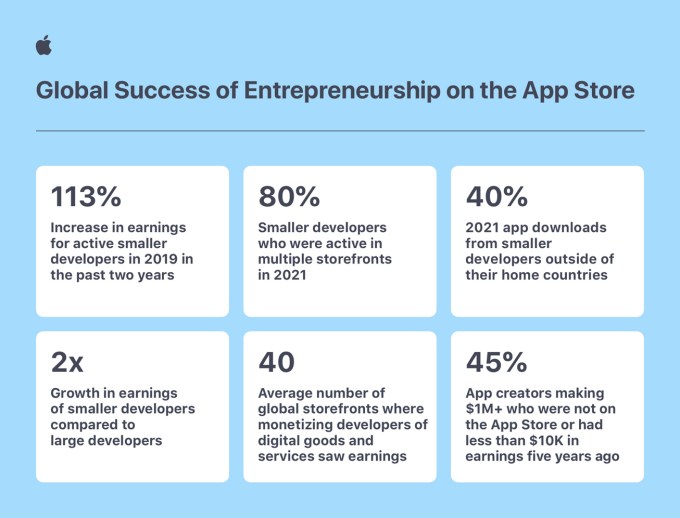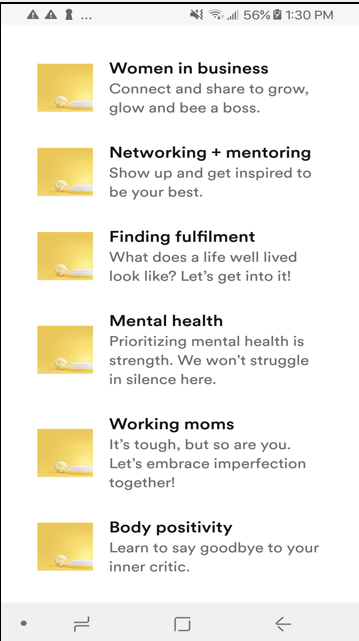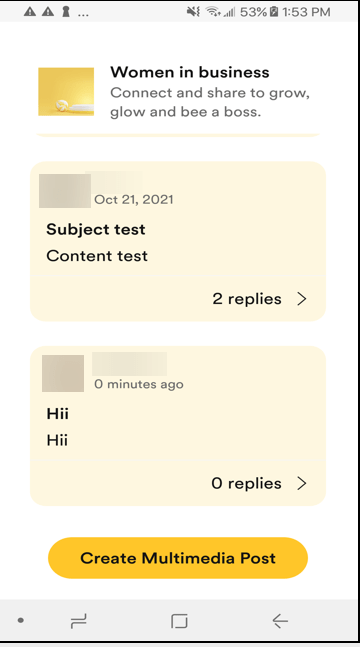A new analysis indicates it’s gotten harder to get an app to the top of the App Store, in terms of downloads, over the past several years. According to new data from app intelligence firm Sensor Tower, the number of downloads needed for an app to break into the No. 1 position on Apple’s iPhone App Store in the U.S. has climbed by 37% since 2019. Specifically, it estimates an app now requires approximately 156,000 downloads on a given day to hit the top spot, up from 114,000 daily downloads back in 2019.
But to be clear, downloads alone don’t move an app up to the top of the charts. It’s only one of several factors that Apple’s ranking algorithm takes into account for managing its Top Charts.
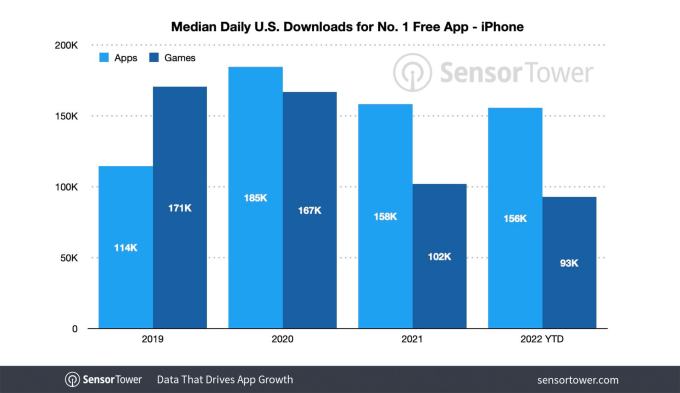
In the early days of the App Store, Apple soon realized that downloads alone would give developers an easy way to buy their way to the No. 1 spot,
It then expanded its ranking algorithm to make it more complex — and more of a mystery. Another firm, Apptopia, believes it’s reverse-engineered the current version of this algorithm, which is said to consider numerous factors like velocity, app usage, quantity of new users, and more.
That said, downloads are still a part of the equation here and an interesting factor to examine given how little information there is about how Apple’s App Store ranks actually work.
Among the new findings, Sensor Tower noticed that Apple appeared to have adjusted the ranking algorithm to address the impacts of the Covid-19 pandemic in 2020.
It reports that in 2020, the number of downloads it was taking an app to hit No. 1 on the U.S. App Store hit a record high of 185,000, up 62% year-over-year. That would be in line with the overall boost seen in app downloads and usage that was occurring as consumers stayed at home under government lockdowns, while schools, stores, and workplaces closed.
Getting to the same position on Google Play was easier at that time, however, as the number of daily downloads required grew just 5% year-over-year to reach 87,000 in 2020.
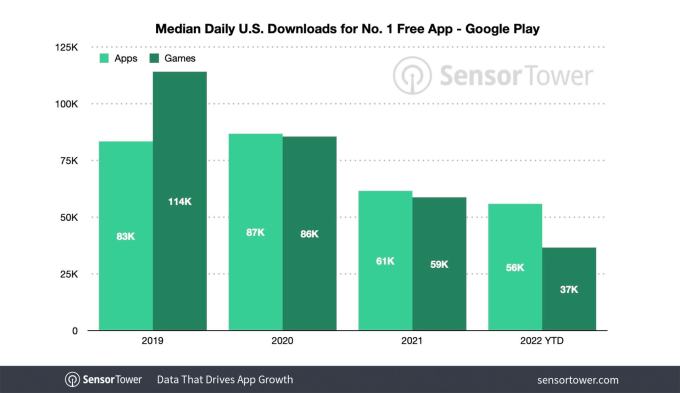
Since then, the number of daily downloads needed to reach No. 1 has declined on both marketplaces as post-Covid trends (or rather, post-lockdown trends) have normalized app usage.
This year, Sensor Tower estimates apps must reach a median of 156,000 daily installs to reach No. 1 on the App Store, as noted above, but Android apps now need just 56,000 installs, down 33% from the 83,000 required in 2019.
Breaking into the top 10 on the U.S. App Store also requires more effort than hitting that same position on Google Play.
Per the report’s findings, it now takes approximately 52,000 daily downloads to get into the Overall Top 10 on the App Store, up 2% from the 51,000 required to reach the Top 10 in 2019. But Android apps only need 29,000 daily downloads, which is down 9% from 2019 levels.
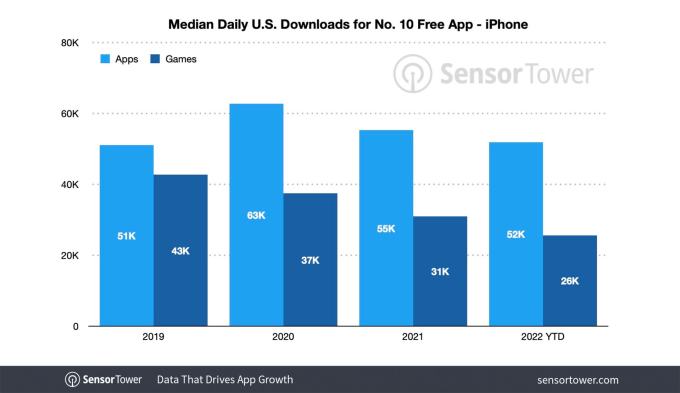
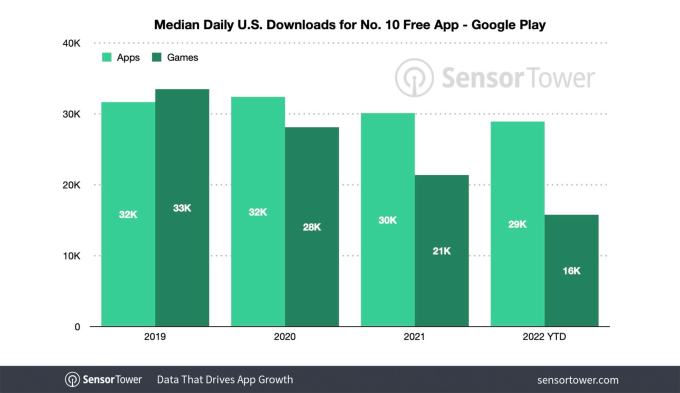
Still, these figures are approximations reached from trends across the respective app stores.
When looking at figures in more detail on a per-category basis, there are different trends to be found. For instance, on the App Store, it’s tougher to break into the Top 10 free iPhone apps for those ranked in the Entertainment category than others like Shopping, Social Networking, Travel or Finance. Android is similar in that it also sees Entertainment as needing more daily installs, but this is followed by the Shopping, Tools, Finance, then Communication categories.
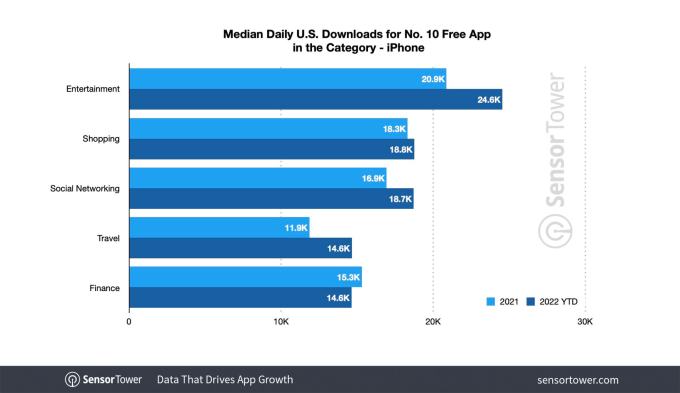
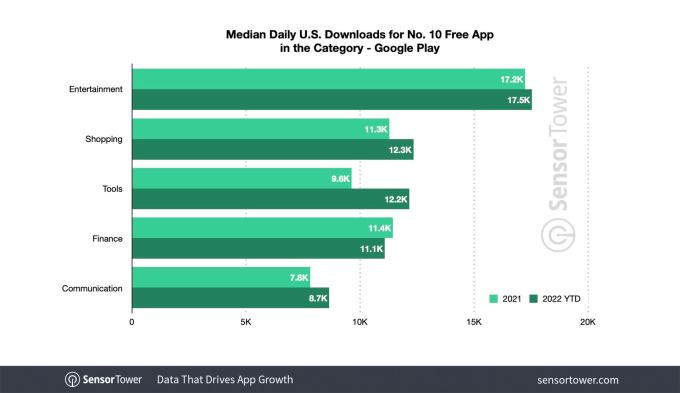
It’s worth pointing out that these trends only hold true for mobile apps, not mobile games. That’s an entirely different matter.
When looking at mobile games, Sensor Tower found iPhone games now require a median of 93,000 downloads to hit No. 1 while Android games need 37,000 installs. These figures are down from 2019 levels, dropping by 46% and 68%, respectively.
The report also notes that, historically, it’s taken fewer installs for games to get into the Top 10. So far in 2022, iPhone games have needed 26,000 daily downloads to reach the Top 10, down 40% from 43,000 in 2019. And Android games needed just 16,000 daily installs, down 52% from 33,000 in 2019.
While much of the new report is focused on the U.S. market, Sensor Tower did examine how the U.S.’s Top 10 compared to other countries.
Here, it found that it’s much tougher for non-game apps in China to reach the Top 10 — requiring more than twice the number of daily downloads as in the U.S. at 108,000 (China) versus 52,000 (U.S.)
But on Android, it’s India that the most difficult market to top, requiring 292,000 daily downloads to reach the Top 10 in the free charts for non-game apps.
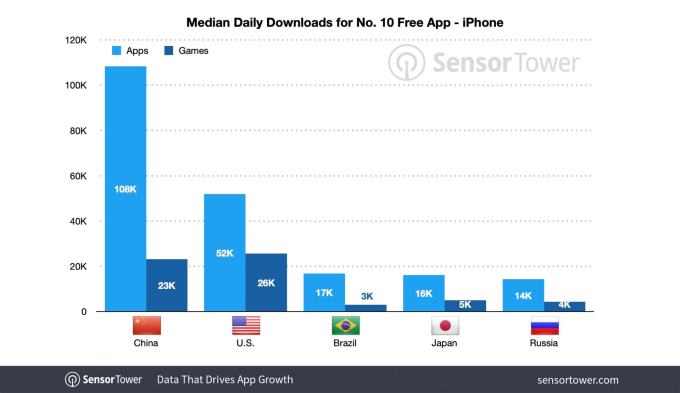
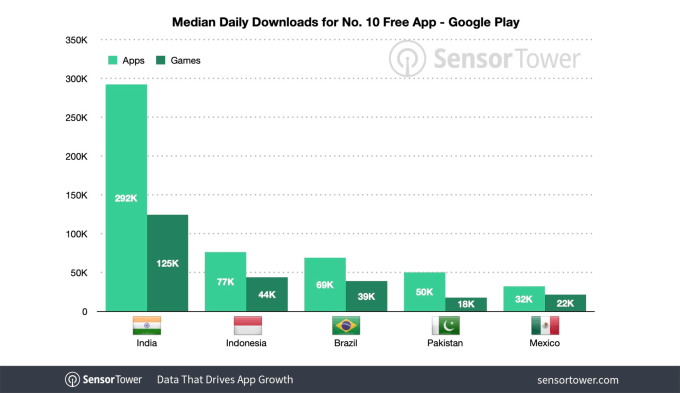
While the data here is worth investigating, this analysis doesn’t take into account the other factors apps and games require to climb the charts so it’s not a complete picture of how or why apps can climb to the top of the app stores.
In addition, there have been some hints that Apple may have been adjusting its algorithms even more in recent weeks, as bigger apps like Facebook, Netflix, Snapchat and others have taken ranking hits since around mid-April, Apptopia told us last month, when we inquired how relative unknown apps had been finding their way to the Top 10. This could be a test or a more permanent change meant to give smaller apps a chance to stand out and be discovered amid the tech giants, but more time will be needed to conduct that analysis.
Still, this sort of tweaking could help to highlight a variety of apps that are benefitting from marketing, promotions, and other trends. This might explain why Planet Fitness is No. 2 on the Top Free Charts in the U.S. today, for instance — the company gave teens free gym passes for the summer. Meanwhile, DIRECTV’s recent consolidation of its apps has driven it to No. 3, while the newcomer social networking app LiveIn, popular among teens, is now sitting higher than Facebook and Snapchat at No. 7.

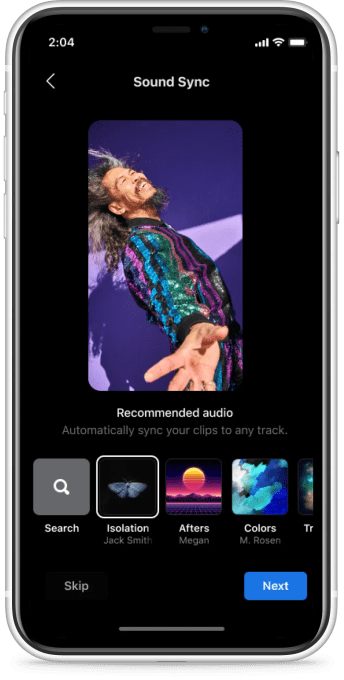
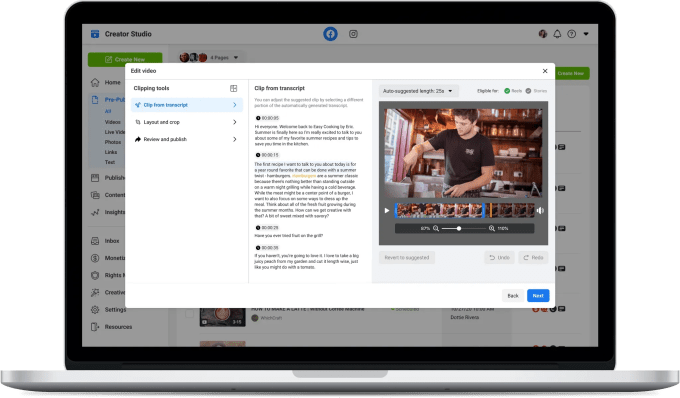
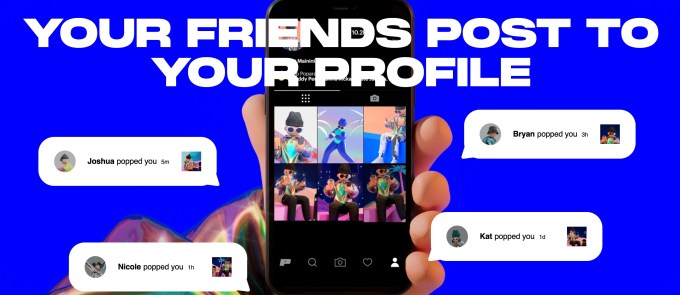
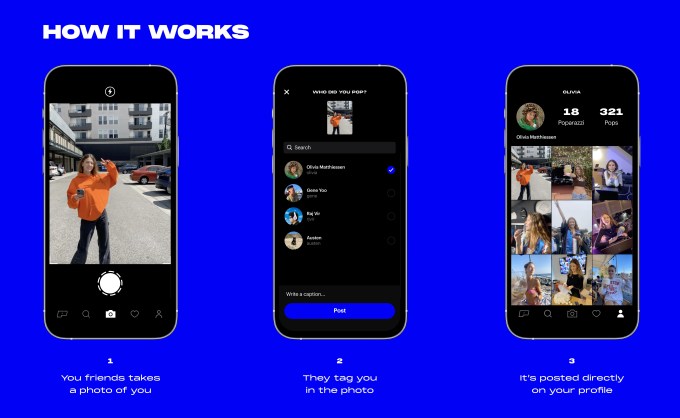
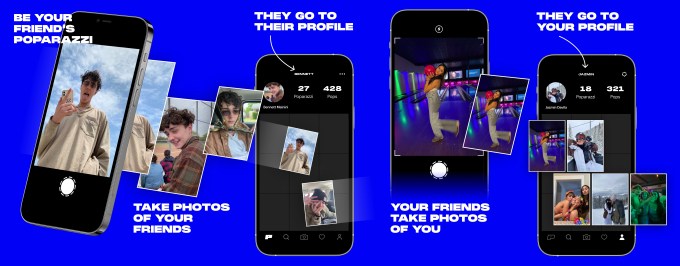
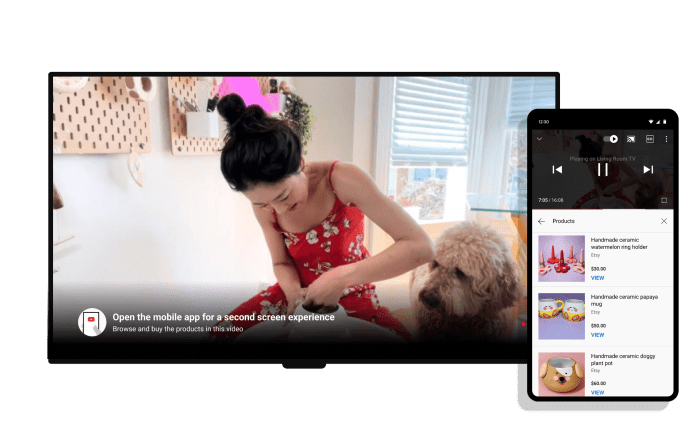


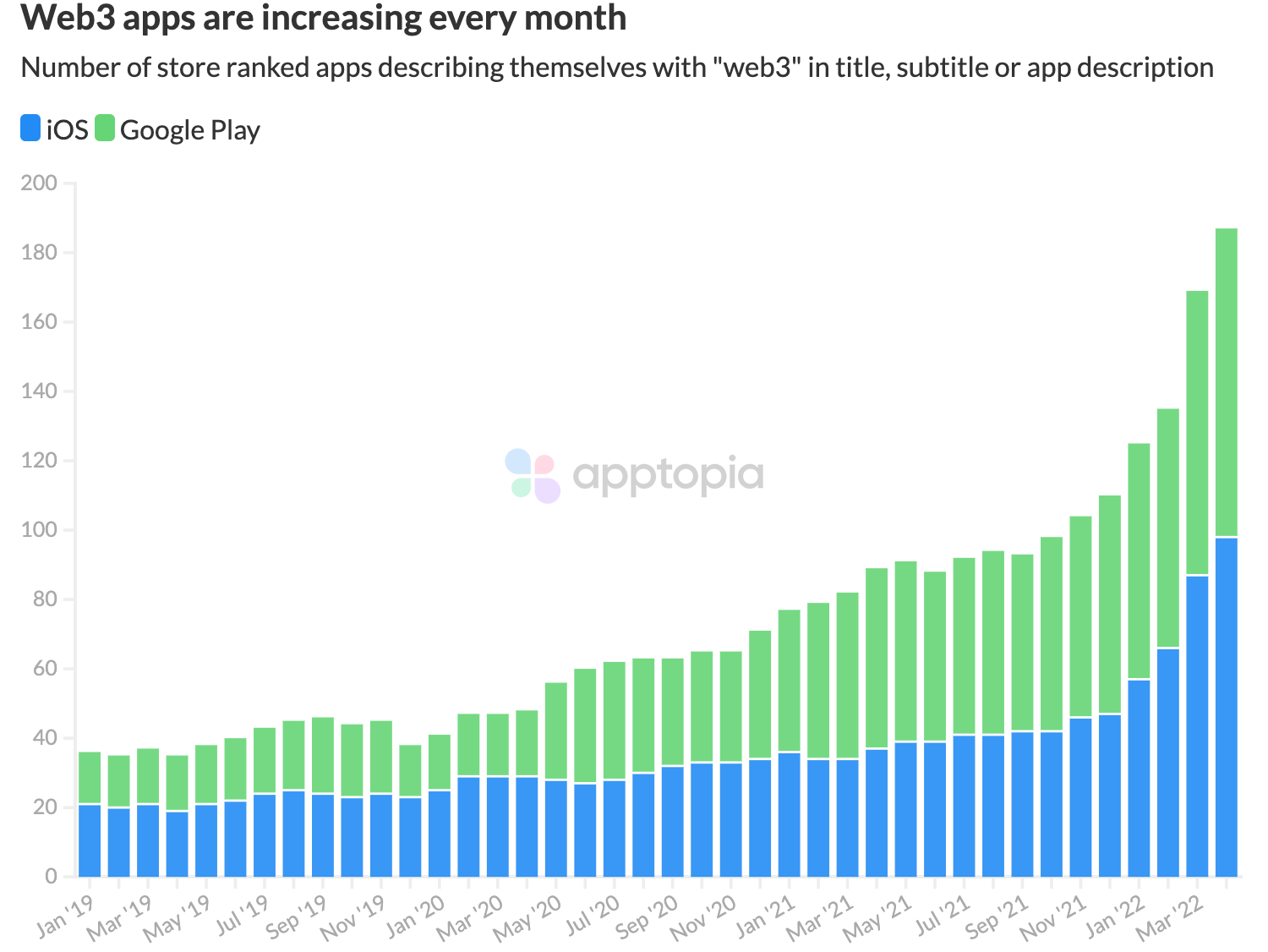
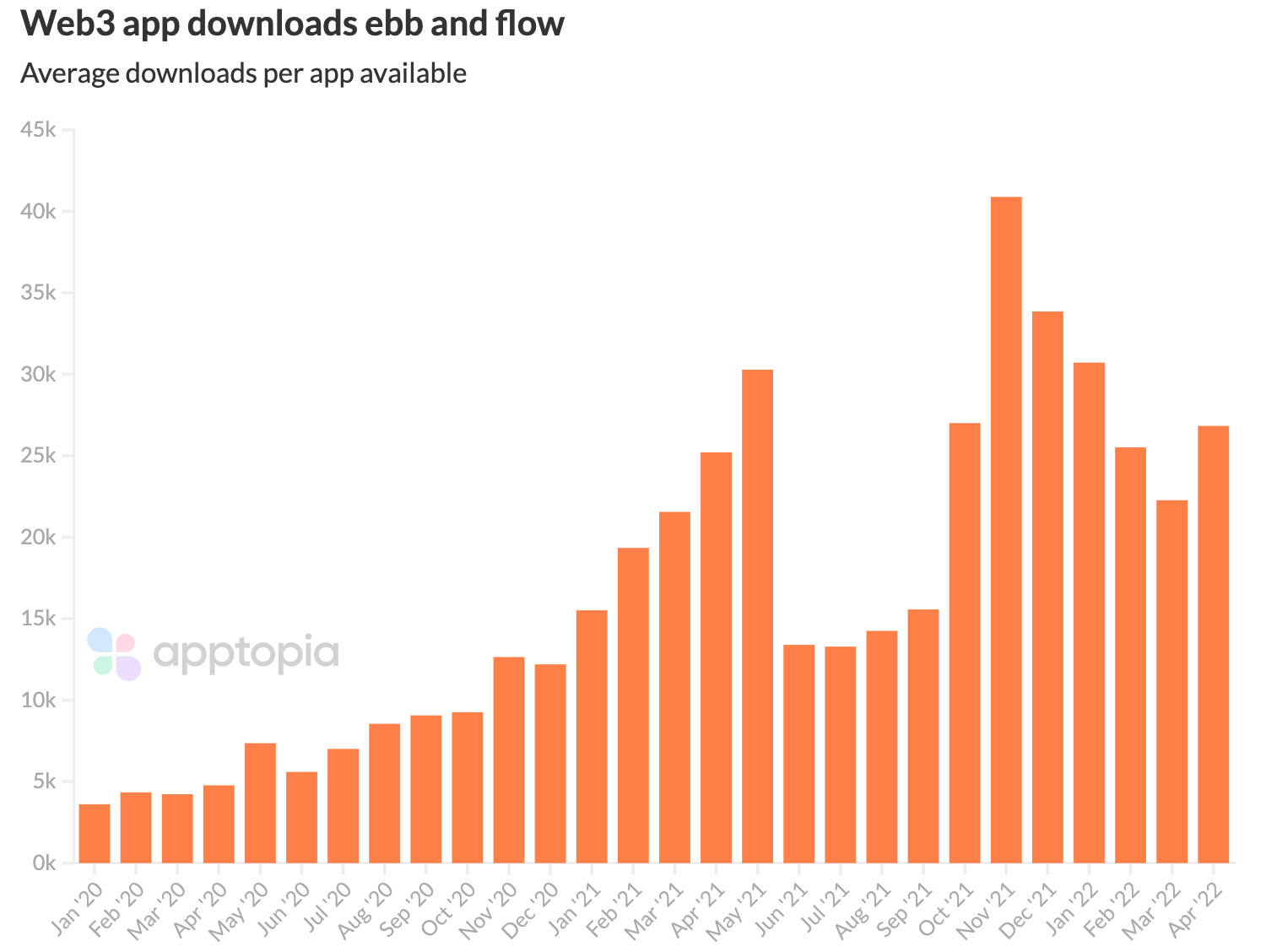
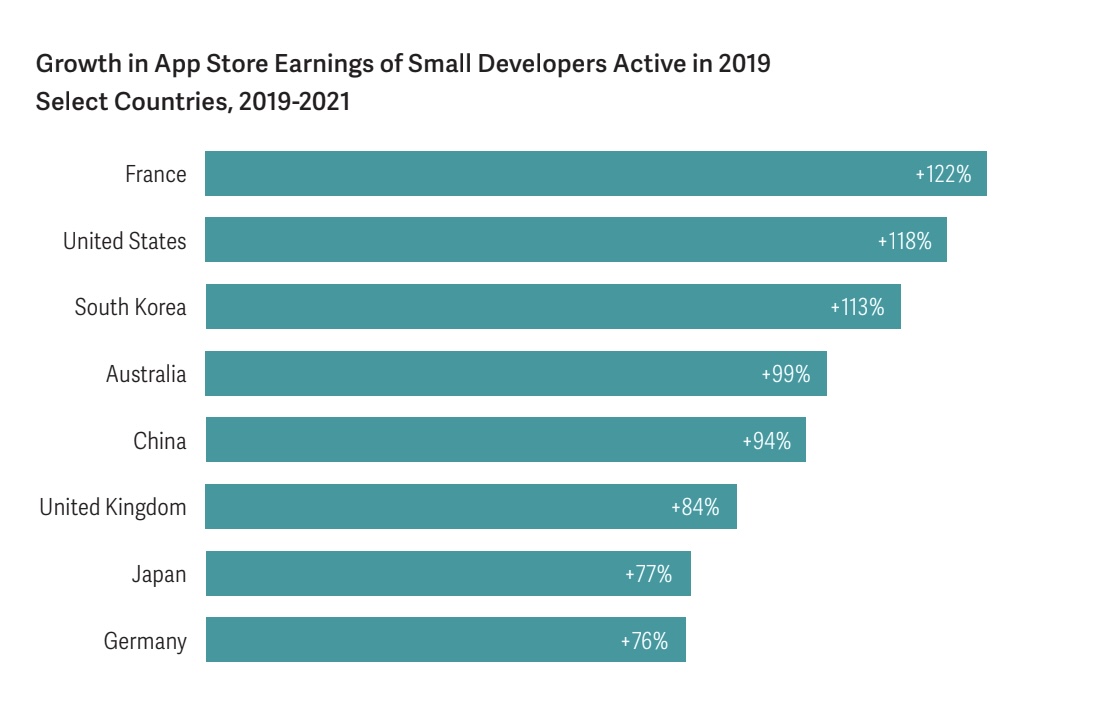
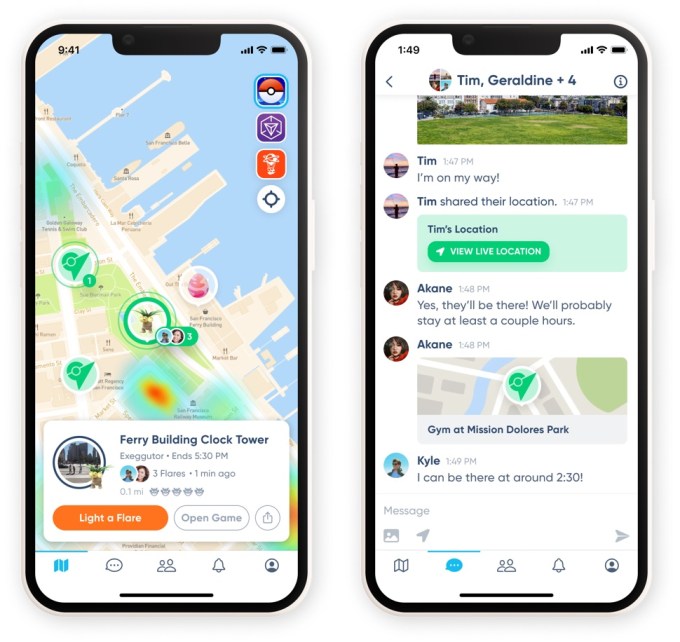

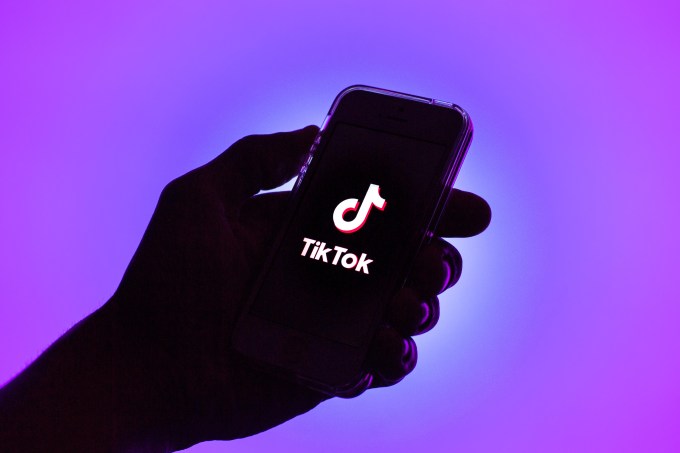
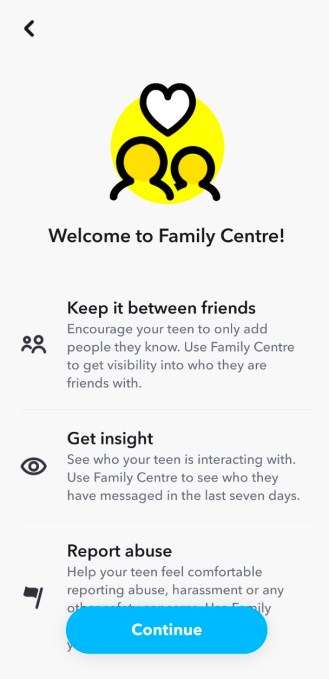
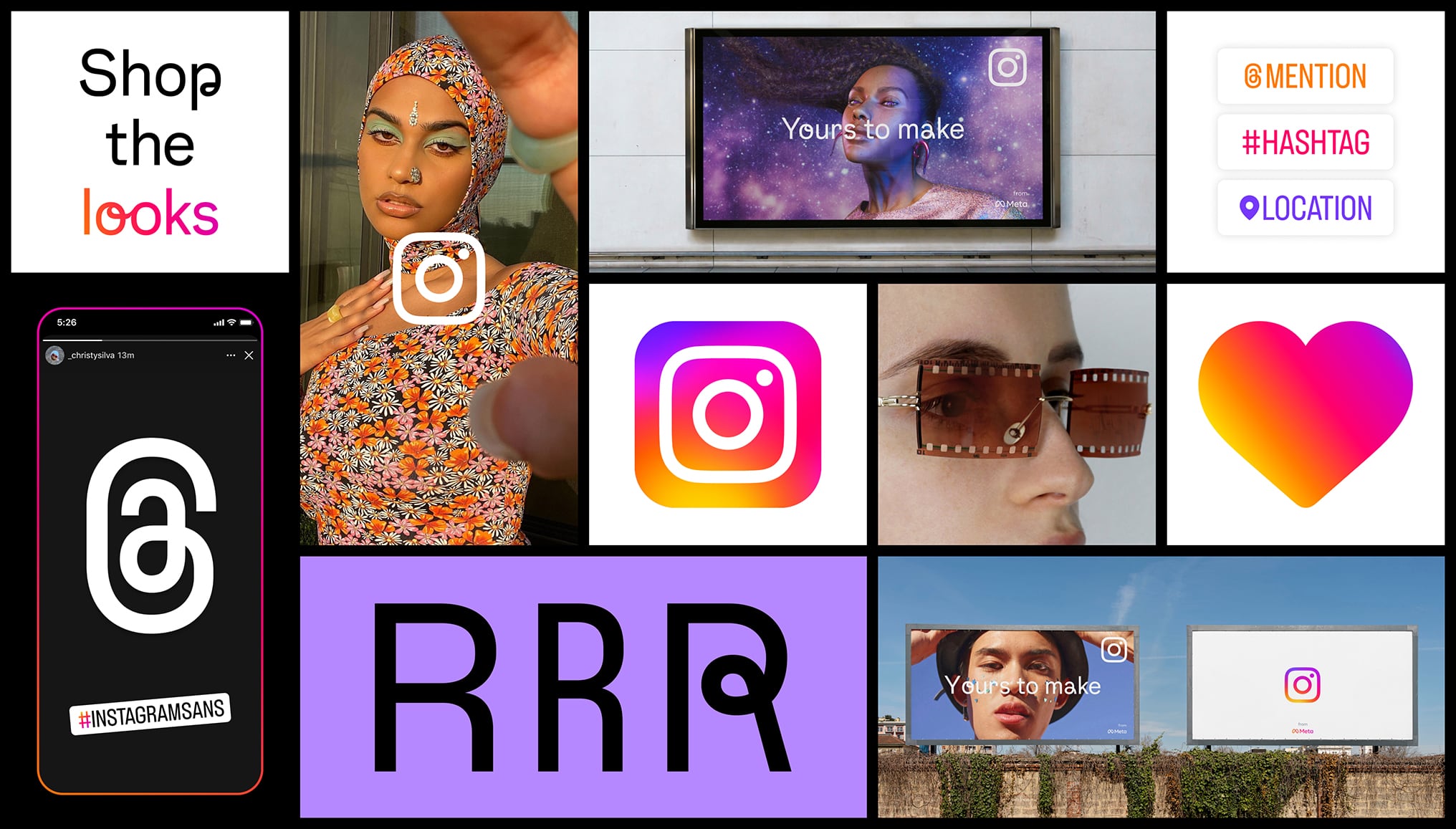
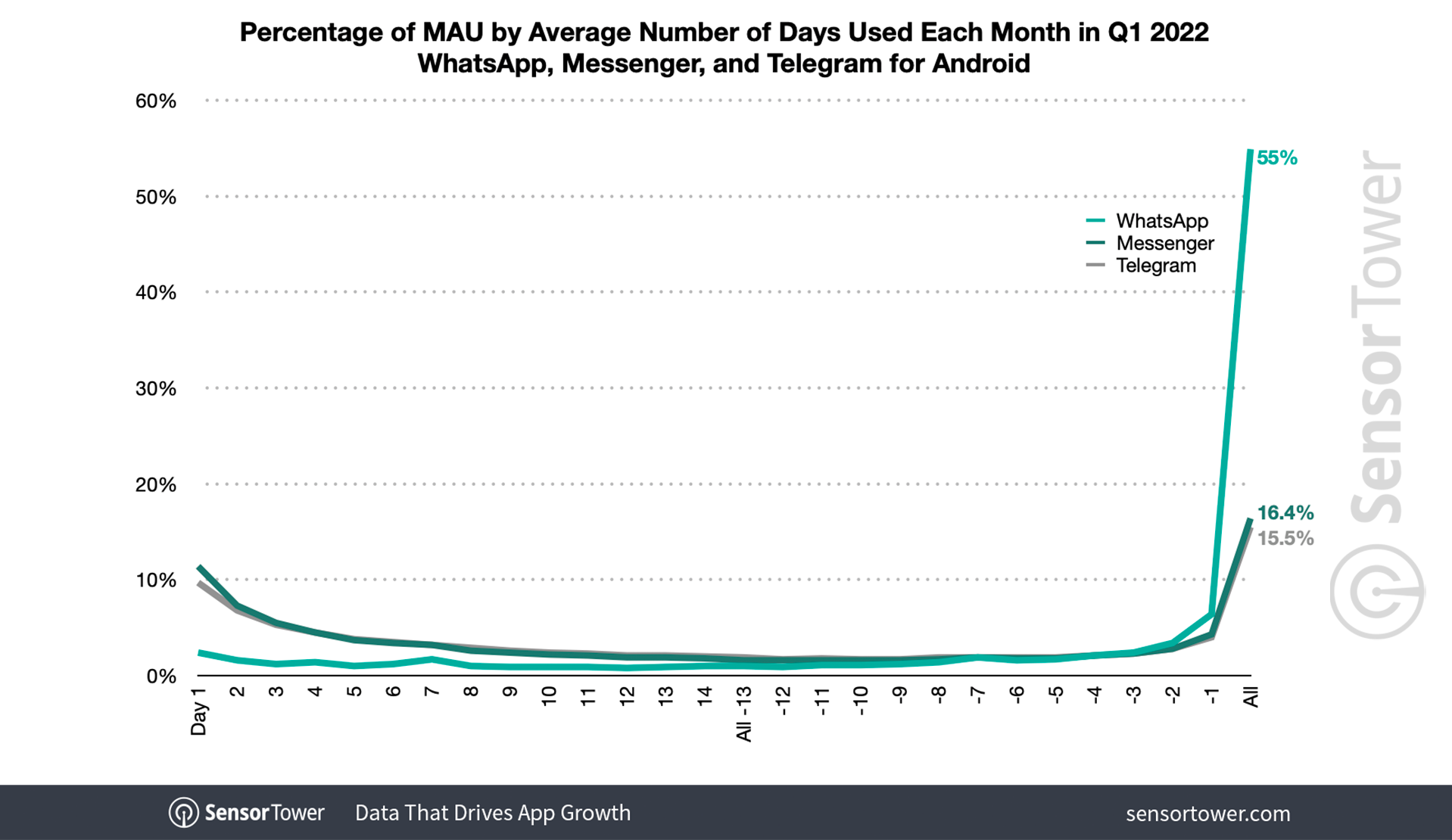
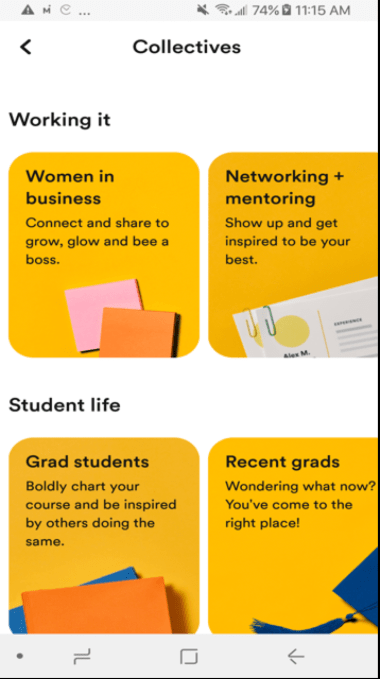

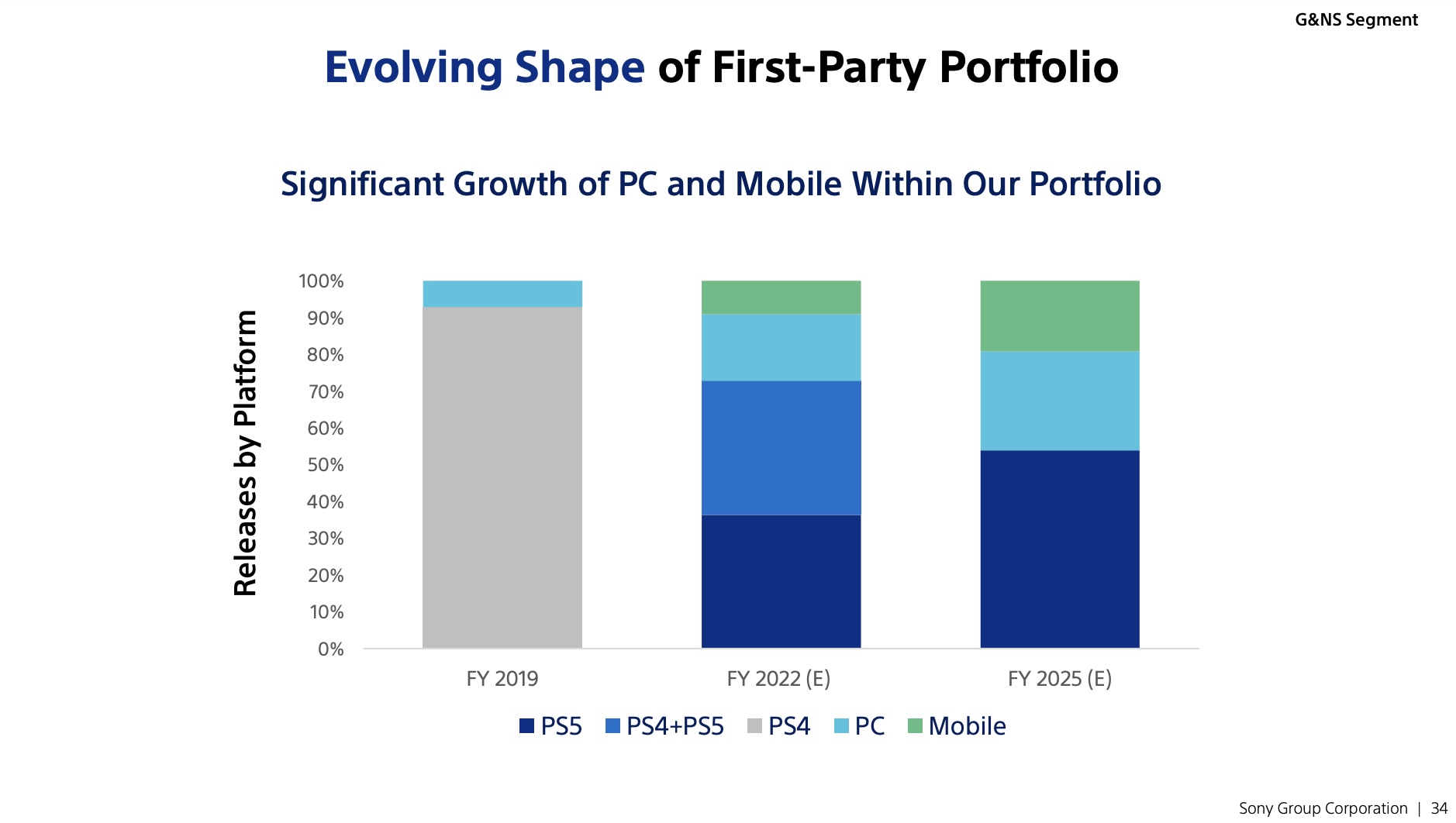
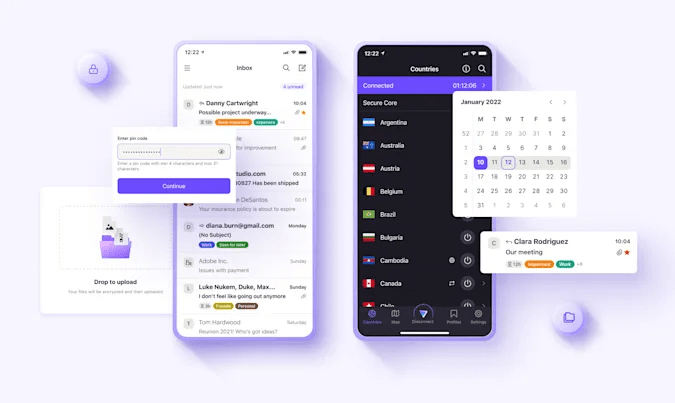
 Take-Two
Take-Two  AR mobile game maker Jadu
AR mobile game maker Jadu 


